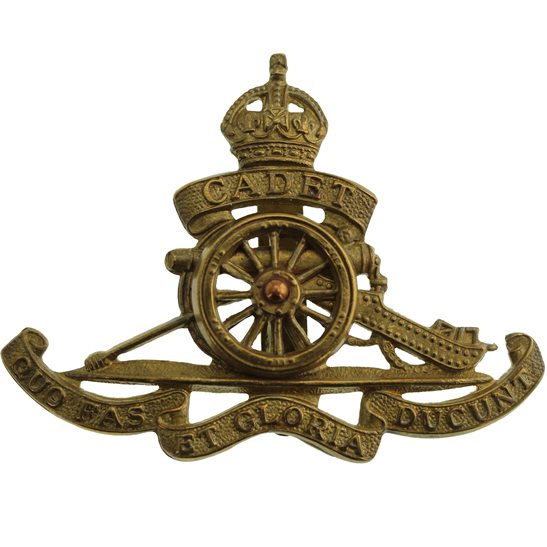Personal Details
Born: In 1882 in Whitchurch, Shropshire and baptised on 9 August of the same year in St. Alkmund’s Parish Church, Whitchurch.
Family: He was the elder of two children born to Barrow Jones, a wine merchant, and his wife Mary Ann. No marriage can be traced for Edward.
Residence: He lived at the Bull Ring Vaults Inn, 2 Watergate Street, Whitchurch all his life.
Employment: He assisted his mother and late father in their business as wine merchants and licensees.
Died: In 1932, aged 50, in Clifton Nursing Home and was buried on 23 August the same year in Whitchurch cemetery.
Military Details
Regiment: Royal Field Artillery
Rank: Gunner
Service Number: 188361
Date of Enlistment: Not known
Date of Discharge: Not known
Reason for Discharge: Not known
Edward was awarded the Campaign Medals (British War Medal, and Victory Medal)

The British War Medal (also known as 'Squeak') was a silver or bronze medal awarded to officers and men of the British and Imperial Forces who either entered a theatre of war or entered service overseas between 5th August 1914 and 11th November 1918 inclusive. This was later extended to services in Russia, Siberia and some other areas in 1919 and 1920. Approximately 6.5 million British War Medals were issued. Approximately 6.4 million of these were the silver versions of this medal. Around 110,000 of a bronze version were issued mainly to Chinese, Maltese and Indian Labour Corps. The front (obv or obverse) of the medal depicts the head of George V. The recipient's service number, rank, name and unit was impressed on the rim.
The Allied Victory Medal (also known as 'Wilfred') was issued by each of the allies. It was decided that each of the allies should each issue their own bronze victory medal with a similar design, similar equivalent wording and identical ribbon. The British medal was designed by W. McMillan. The front depicts a winged classical figure representing victory. Approximately 5.7 million victory medals were issued. Interestingly, eligibility for this medal was more restrictive and not everyone who received the British War Medal ('Squeak') also received the Victory Medal ('Wilfred'). However, in general, all recipients of 'Wilfred' also received 'Squeak' and all recipients of The 1914 Star or The 1914/1915 Star (also known as 'Pip') also received both 'Squeak' and 'Wilfred'. The recipient's service number, rank, name and unit was impressed on the rim.

